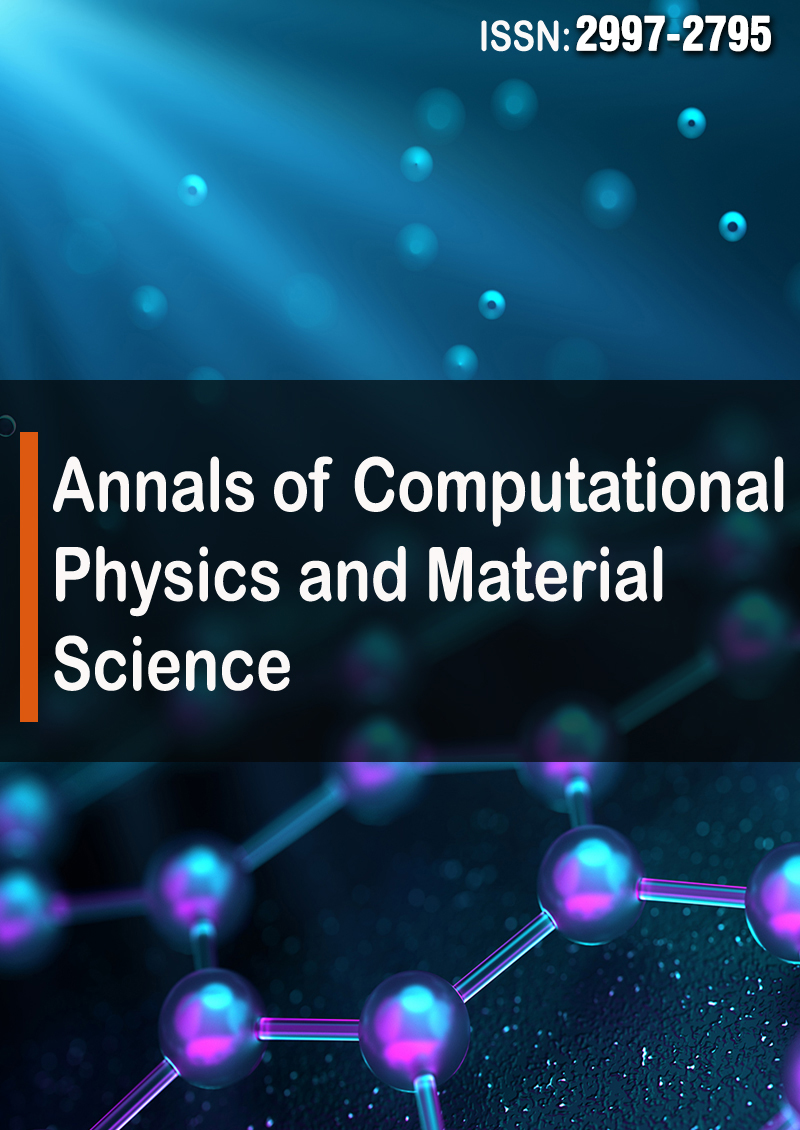Presented to Kepler Ulianov Proton Tree, A Way to Distribute Protons and Neutrons Within the Atomic Nucleus. First part: From Hydrogen to Krypton
Abstract
Policarpo Yoshin Ulianov
This work presents a novel approach to understanding the formation and structure of the 36 smallest known atomic isotopes, ranging from hydrogen to krypton, through the lens of the KUPT model. Focusing on the Small Known Isotope (SKI) of each atom, this study meticulously examines the distribution of protons across five nuclear layers (1E, 2T, 3T, 4E, and 4C), constructing a proton tree that spans from hydrogen to krypton atoms. With the aid of Artificial Intelligence, specifically Chat GPT-4, an in-depth analysis was conducted for each atom within the KUPT model framework. This process involved defining minimum stability rules for the nuclear structure, particularly regarding neutron inclusion, across the model’s first five layers. Remarkably, in 35 out of 36 cases, the KUPT model’s predictions aligned perfectly with the SKI data, underscoring the model’s accuracy and reliability. However, an intriguing discrepancy emerged in the case of the Gallium atom (62Ga), suggesting the possible existence of an unknown, lighter isotope with two or three fewer protons (59Ga or 60Ga). This discrepancy not only highlights the KUPT model’s predictive capability but also points to a fertile ground for further experimental investigation, aiming to uncover potentially undiscovered isotope forms of Gallium.



